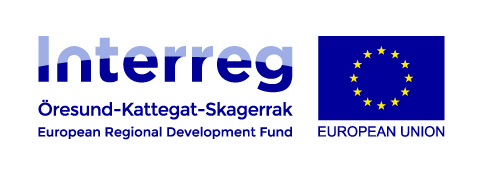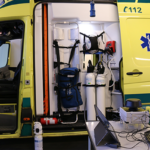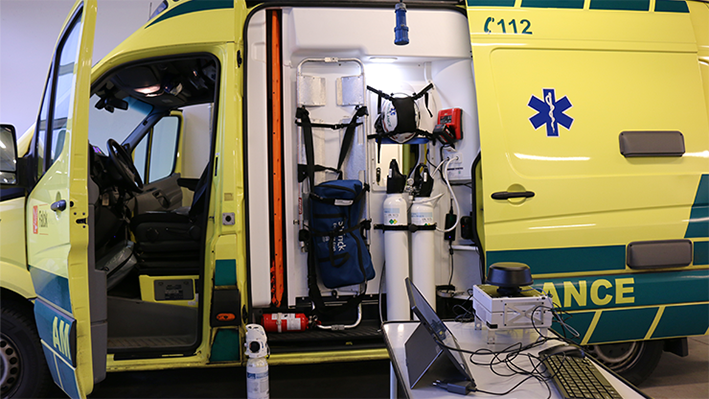
5G Emergency Medical IT Health Bridge
The project explores the possibilities of upgrading teledata communication to send large amounts of data from ambulance to hospital, enabling patients to receive specialized treatment faster


Each year, Region Zealand experiences around 40,000 emergency ambulance call-outs. These urgent, often complex health crises—such as seizures, strokes (including brain clots and hemorrhages), or serious injuries from accidents—require rapid intervention. Time is a critical factor in determining the likelihood of recovery. In a region like Zealand, where many emergencies occur far from specialized hospital care, swift action is even more crucial.
With the “5G Emergency Medical IT Health Bridge” project, Zealand University Hospital, in collaboration with the Technical University of Denmark and Lund University, is exploring ways to enhance telecommunication systems. The goal is to enable the transmission of large volumes of data—such as scan images—from the ambulance directly to the hospital. This upgrade will allow for the initiation of more complex treatments while the patient is still in transit, saving precious time.
The project focuses on developing a secure, reliable 5G data connection that supports telemedicine, including video and audio, over long distances. This will enable the transfer of crucial patient data, including scan results, from ambulances to hospital servers. It will also facilitate real-time communication between specialists, therapists, and patients, allowing complex treatment to begin before the patient arrives at the hospital.
The primary objective of this initiative is to identify the right partners for upgrading and developing the digitization of health data, creating a seamless connection between the on-call doctor, the ambulance, and the hospital—essentially building an emergency medical IT health bridge.



Projektpartnere
- Department of Neurology, Zealand University Hospital
- The Research Unit, Zealand University Hospital
- DTU Electro, Technical University of Denmark
- Department of Electrical and Information Technology, Lund University
